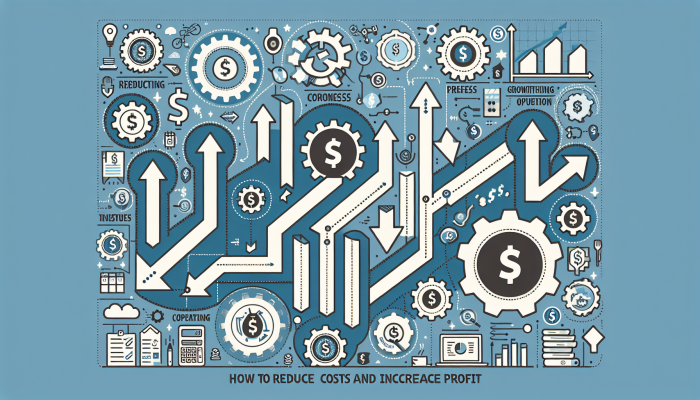

O financial market It may seem complex and intimidating at first, but understanding its basic concepts is the first step to making informed investment decisions.
It covers everything related to buying, selling and trading financial assets. Let's unpack it together!
In essence, the financial market is a system that allows people and companies to exchange financial assets such as stocks, bonds, currencies, derivatives and commodities.
These markets are fundamental to promoting economic growth, allowing the mobilization of resources and the distribution of risk.
AND driven by supply and demand. For example, if many people want to buy shares in a certain company, the price of that share tends to rise.
If many want to sell, the price drops. This environment is dynamic and influenced by economic news, politics and more.
Knowledge is power in the financial market. Understanding how it works can help you make more informed investment choices, manage risk, and potentially grow your wealth.
It is a crucial tool for anyone looking to achieve financial independence and protect their investments against inflation.
Although the financial market can seem like a maze of complicated numbers and terms, starting with the basics can demystify it.
Remember if, all investors started somewhere, and with time and effort, you too can confidently navigate this world.
To deepen your knowledge, consider using educational resources and tools available at Investopedia and Bloomberg, both excellent starting points for better understanding the financial markets.
Opt for where to apply Your money involves understanding your options and aligning your choices with your financial goals. Below are some guidelines to help you get started.
First of all, ask yourself: “What am I investing for?”. Whether it's for retirement, buying a home, or building an emergency fund, have a clear objective will help you choose the most suitable investments.
Every investment involves some level of risk. Identify your comfort level with risk and how long you plan to invest.
Investors with more conservative risk profile may prefer safer options, such as Certificates of Deposit (CDBs) or Direct Treasury Bonds.
While those more willing to take risks can look at stocks or investment funds with greater volatility.
Understand the different types of investments available. Actions, bonds, CBDs, savings, It is investment funds are just a few examples.
Each one has its particularities, advantages, and associated risks.
Don't put all your eggs in one basket. Diversifying your investments can reduce risk. Consider a mix of investment types to protect your capital from market fluctuations.
For those just starting out, it is advisable to start with smaller amounts. This allows you to better understand the market and your investments without committing a large part of your capital.
The market situation changes, as do your financial goals. Reevaluate your investments regularly to ensure they remain aligned with your long-term goals.
For more information, consider exploring investment-focused websites and apps, such as:
This content aims to provide a solid starting point for those choosing their first investments.
covering fundamental aspects that influence this decision, in addition to offering useful resources for further investigation.
In today's world, investing sustainably is not only an ethical issue, but also a smart strategy to ensure long-term returns.
Here, we'll explore how you can create an investment plan that is both profitable and aligned with sustainable practices.
First of all, it is essential to define what sustainability means to you. This can range from investing in companies that combat climate change to supporting businesses that promote social equality.
After defining your goals, it’s time to choose where to invest. There are several options that can meet sustainable criteria:
Investing sustainably is an ongoing process. It is essential to monitor your investments to ensure they remain aligned with your values and goals:
To learn more about sustainable investment funds and other sustainable investment options, visit the Morningstar websites It is MSCI, which offer extensive information and resources for conscious investors.
Ultimately, creating a sustainable investment plan is about finding the right balance between financial return and positive impact. With the right strategies, it is possible to achieve both.